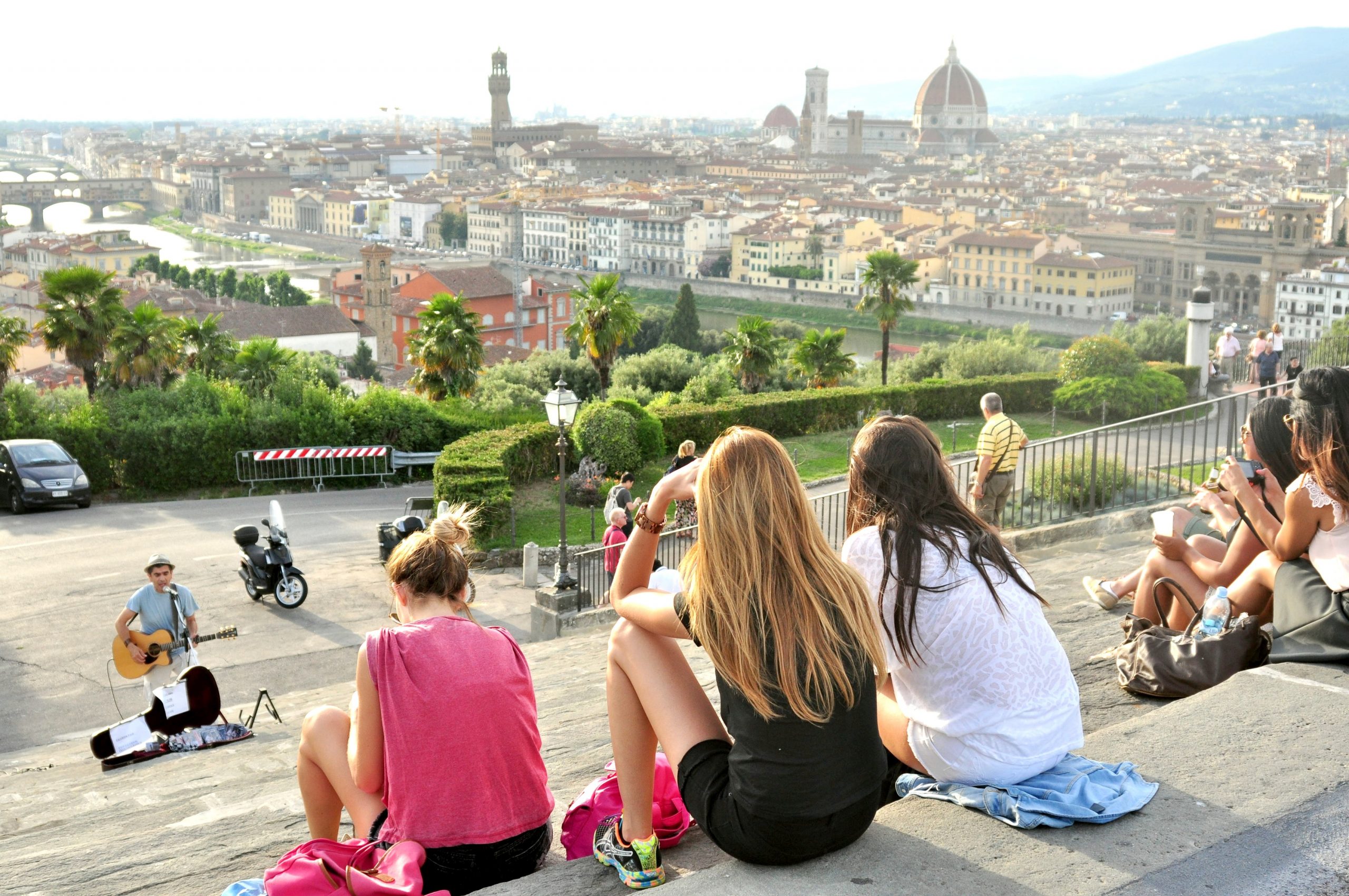Considered by Michelangelo to be his finest and most outstanding sculpture, Moses sits inside the Church of San Pietro in Vincoli twisting in displeasure. Intensity emanates from his eyes, his muscles tense and his leg drawn back as if he’s ready to stand up. But the most baffling thing about him are his horns.
Why did Michelangelo put two goat like horns on Moses? Is there some mystical meaning behind them? Did Moses actually have horns and I never knew it? How did this whole misconception, if it is one, get started?
Mystery surrounds this larger than life piece of marble. As a commission given to Michelangelo in 1515 by Pope Julius II to decorate his tomb, Moses was to be the top centerpiece among 40 statues. Since he would be observed from above, this partly explains why his torso is elongated and dramatic emotion issues forth from his body. Money became short in supply and the tomb was never finished. Could it be that the range of human emotions seen in Moses represents Michelangelo’s own personal turmoil over the tomb he was not allowed to complete?
In the Old Testament, Moses left his people at the bottom of Mt. Sinai and walked up the mountain. God met him in the form of a burning bush and gave Moses the Ten Commandments. When he came back down to his people, they had made a golden calf, an idol, and worshipped it. Michelangelo effectively captures the rage of disapproval coursing through Moses body.
What about the horns? Scholars believe this was a mistranslation of Hebrew scriptures into Latin by St. Jerome, called the Vulgate. It was the Latin translation of the Bible used at that time. Moses is described as having “rays of the skin of his face.” Jerome translated it to horns from the word keren, which means either radiated or grew horns.
Horns were a symbol of wisdom and rulership in ancient times. Was Moses a descendent of antediluvian kings, those who reigned before the flood, as some interpreted it?
Michelangelo was not the only artist to put horns on Moses. Several paintings and sculptures from the medieval and renaissance era depict him this way and can still be seen on the streets and in museums. Whatever the reasons, Michelangelo’s Moses is far from the Charlton Heston version in the movie, The Ten Commandments. In the scene where he comes down from the mountain, his hair is streaked in white and his facial expressions mean business. He radiates light, but no horns.































